The information provided in this blog post may be out of date. For the most accurate and up-to-date details, please visit our updated content here. We recommend referring to the latest resources to ensure you have the most current information.

The California Air Resources Board (CARB) recently released proposed amendments to the Low Carbon Fuel Standard (LCFS), a program which has been a key part of California’s transportation decarbonization strategy.
The key concepts addressed in this update, designed to strengthen the LCFS program, include increasing the stringency of the program to more aggressively decarbonize fuels, strengthening guardrails on crop-based fuels, supporting electric and hydrogen truck refueling and incentivizing more production of clean fuels needed in the future.
In addition to these key concepts, the regulation also made a number of other changes, highlighted below:
Increasing the stringency of the program to more aggressively decarbonize fuels
The proposed amendments would increase both the pre- and post-2030 stringency of the LCFS carbon intensity (CI) benchmarks. The proposed amendments would require a 30% (up from 20%) reduction in fuel CI by 2030 and a 90% (up from 85%) reduction in fuel CI by 2045 from a 2010 baseline.
To accommodate rapid advances in transportation fuel production and use, the proposed amendments also include a near-term step-down and an Automatic Acceleration Mechanism (AAM).
The step-down is a one-time 5% reduction in the CI benchmark in 2025 that increases the stringency of the CI target.
The AAM would be triggered when the credit bank to average quarterly deficit ratio exceeds three and credit generation exceeds deficit generation based on the prior year’s reporting. If triggered, the AAM would accelerate all subsequent CI benchmarks by one year.
Strengthening guardrails on crop-based fuels to prevent deforestation or other potential adverse impacts
CARB staff are proposing to require pathway holders to track crop-based and forestry-based feedstocks to their point of origin and require independent feedstock certification to ensure feedstocks are not contributing to impacts on other carbon stocks like forests.
Crop-based and forestry-based feedstocks must not be sourced on land that was forested after January 1, 2008. They must maintain continuous third-party sustainability certification under an Executive Officer approved certification system.
All feedstocks at the point-of-origin must be certified by Jan. 1, 2028. The certification system must have been recognized by an international, national or state/provincial government for at least 24 months. We are unsure at this time if the EPA evaluation of the RFS baseline cropland will meet these criteria or if another certification system would be needed.
CARB staff are also proposing to remove palm-derived fuels from eligibility for credit generation, given palm oil has been demonstrated to have the highest risk of being sourced from deforested areas. Palm-derived fuel transactions have not been reported under the program or received any credits to-date.
Requirements for Feedstock Attestation Letter
The proposed amendment would require all specified source feedstock (corn oil, used cooking oil and animal fats) supply chain entities to maintain attestation letters for CARB accredited verifier and CARB review.
- The attestation letters will require each entity within the supply chain to attest that:
- The feedstock meets the definitions in 95481
- The feedstock has not undergone additional processing
- Deliveries consist only of the product documented on the feedstock transfer documents and have not been mixed with other materials
- The feedstock was not intentionally modified or contaminated to meet the definitions
Measurement Accuracy and Missing Data Provisions
every 6 years. This has been an existing part of the regulation. CARB is now adding verbiage related to the calibration procedure. If the manufacturer specifications are absent a calibration procedure, a calibration procedure must be identified and documented in the monitoring plan and is subject to verifier and CARB review.
CARB has also made clarifications around missing data and has added definitions and parameters for temporary methods. A temporary method has been defined as “a method used when necessary for the avoidance of missing data or to comply with the missing data provisions… a temporary method my not be used for a time period longer than 6 months during a calendar year for a source that was affected by a loss of data…” Temporary method tracking devices are not subject to the calibration requirements in the regulation, but do need to be proven accurate within +/- 5%. If there are more than 6 months of missing data, then the substitution is no longer a temporary method and must follow the new missing data provisions below.
Fuel pathway applications, annual reports and quarterly fuel transaction reports need to follow the table below for missing data substitutions and are no longer subject to verifier approval of substitution methods.

In the event of a facility shutdown or disruption drastically affecting production attributable to a force majeure event, the Executive Officer must be notified within 90 days of the beginning of the shutdown or disruption.
Calculation of Deficit Obligation for Verified CI Exceedance
Staff proposes that fuel pathway holders generate a deficit obligation when a verified operational CI (simplified calculator CI score at the end of the current two-year period) exceeds the certified CI (CI score on the current public pathway listing).
This deficit obligation would be calculated based on four times the CI exceedance, in proportion with the quantity of fuel reported under that fuel pathway.
Adding a specific deficit obligation created as a result of CI exceedance CARB feels would encourage fuel pathway holders to add a margin of safety on their verified CI score to keep from exceeding their certified CI score.
Credit True-up Beginning 2025
Currently, fuel pathways with higher verified CIs than their certified CI score, are subject to credit adjustments after completion of annual verification.
Staff proposes to introduce a credit true-up beginning with the 2025 reporting year for fuel pathways with lower verified CIs compared to their certified CI scores. The proposed true-up will issue additional credits to match the quantity of credits that would have been generated by the pathway based on the verified operational CI score. The additional credits would be added to the fuel reporting entity’s accounts upon successful completion of annual verification with a positive or qualified positive opinion.
Staff also proposes that buffer account contributions for these quantities of retroactive credits representing verified carbon intensity reductions will only be made for 2024 and earlier data reporting years.
Transition to CA-GREET 4.0
1) Existing Certified Pathways
Fuel pathway holders must use the GREET 4.0 model or associated Tier 1 CI Calculators for 2024 annual Fuel Pathway Reports.
Upon receiving a positive or qualified positive verification statement for each 2024 annual Fuel Pathway Report, the Executive Officer will update and adjust CIs for each previously certified pathway to be the verified operational CI with an added conservative margin of safety if requested by the pathway holder.
The adjusted CIs will be effective and available for reporting for fuel transactions occurring on and after January 1, 2026.
2) New Pathway Applications
Fuel pathway applications certified with a CI effective date of January 1, 2025 or later must use the CA-GREET 4.0 or associated Tier 1 CI Calculators. For entities that are applying near the end of 2024, you will need to discuss verification timelines with your verifier to ensure that verification can be completed by the end of calendar year 2024. If expected completion of verification is in 2025, then the CA-GREET 4.0 model should be used for the application. Please discuss timelines with your verifier in advance of submitting an application in the second half of 2024.
Tier 1 Fuel Pathway Application Requirements and Certification Process
Tier 1 applications will now require current data for processing of the application. Applications must not have an interval greater than 3 months between the end of the reported operational data month and the date of submission.
The deemed complete date for Tier 2 applications has been changed to the date the application is returned by the verification body to the Executive Officer (submission date of the validation statement), which is now aligned with the Tier 1 application deemed complete date.
Current applications submitted to CARB must complete validation within a six-month window of the Submission Date of the application. Many times, a Tier 2 application may sit with CARB for more than six months, therefore CARB is amending the 6-month window requirement. Rather than the 6-month clock starting at submission of the application, it will begin with the date the verifier receives the application from CARB. This should eliminate the number of withdrawals and resubmissions in the system that were due to extended preliminary reviews by CARB staff.
Supporting methane emissions reductions and deploying biomethane for best uses across transportation
Staff propose changes for pathways related to biomethane as a transportation fuel. These changes would continue to incentivize the methane reductions needed in the next decade, while aligning with the 2022 Scoping Plan Update to shift biomethane to the production of renewable hydrogen or for use in other sectors by 2045.
For projects that break ground after December 31, 2029, staff is proposing to phase out pathways for crediting biomethane used in CNG vehicles after December 31, 2040. Pathways for biomethane used to produce renewable hydrogen would be eligible to receive credits until December 31, 2045
For projects that break ground after December 31, 2029, staff is proposing that pathways for avoided methane crediting be available through 2040 for biomethane used as a transportation fuel, and through 2045 for biomethane used to produce hydrogen.
Adding a deliverability requirement would help to ensure California is making progress on the State’s methane reduction targets.
Biomethane fuel pathways that break ground before January 1, 2030 would not be subject to the deliverability requirements, which would encourage rapid buildout of biomethane capture projects this decade and supports the need to reduce methane emissions. The proposed deliverability requirements also would not apply to biomethane matched to hydrogen fuel pathways participating in the LCFS program.
Eliminate exemption for Intrastate fossil jet fuel
Elimination of the current exemption for intrastate fossil jet fuel starting in 2028. This provision would be limited to flights that take off and land within the State of California.
Please reach out to our team if you have any questions.
Additionally, please find our submitted public comments to CARB here. We also provided our producer clients that sell into the California market with suggested comments from their perspective.
Our public comments focused on two key areas:
Mandatory firm rotation for verification bodies
Of the 30 approved LCFS verification bodies, there are only 4 licensed CPA firms. Our request is that CARB amend mandatory firm rotation after 6 years to include an exception for licensed CPA firms, such as Christianson PLLP, to be allowed a Lead Verifier rotation rather than a firm rotation.
Less intensive verification
We are requesting less intensive verification be allowed for verification bodies on all validations and annual verifications, which would reduce yearly site visits to once every 3 years.







